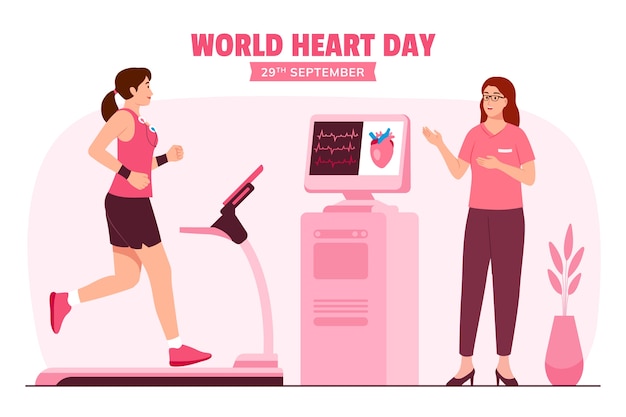Start fast, stay consistent, and track your progress weekly to manage PCOS symptoms naturally through safe, effective high-intensity interval training.
Polycystic Ovary Syndrome (PCOS) affects millions of women worldwide, often leading to insulin resistance, weight gain, hormonal imbalances, and fertility challenges. While medication can help, lifestyle changes—especially exercise—play a crucial role in managing symptoms. High-Intensity Interval Training (HIIT) has emerged as a powerful tool for improving insulin sensitivity, boosting metabolism, and supporting hormonal balance. But for beginners, especially those with joint sensitivities, starting HIIT can feel intimidating.
This guide offers a beginner-friendly, joint-protective approach to HIIT specifically designed for women with PCOS. Learn how to start fast, stay consistent, and measure results weekly to build sustainable momentum.
HIIT involves short bursts of intense exercise followed by brief recovery periods. Studies show that just 20–30 minutes of HIIT, 2–3 times per week, can significantly improve insulin sensitivity—a key factor in PCOS management. Unlike long-duration cardio, HIIT helps preserve muscle mass while burning fat, which supports metabolic health and hormone regulation.
Additionally, HIIT can reduce inflammation, improve cardiovascular fitness, and enhance mood—addressing common PCOS-related concerns like fatigue and anxiety.
Many women with PCOS also struggle with joint pain or are overweight, increasing stress on knees, hips, and ankles. Traditional high-impact exercises like jumping jacks or burpees can worsen discomfort. The key is to modify movements to reduce joint strain while maintaining intensity.
Opt for low-impact alternatives such as:
Focus on controlled movements, proper alignment, and core engagement to protect joints and maximize effectiveness.
Start with just 15–20 minutes, 2–3 times per week. A sample beginner HIIT session:
As your fitness improves, gradually increase work intervals and reduce rest time. Aim for a 1:1 or 2:1 work-to-rest ratio over time.
Consistency beats intensity when managing PCOS. Here’s how to stay on track:
Tracking progress helps maintain motivation and shows the real impact of your efforts. Each week, record:
You may not see weight loss immediately, but improvements in energy, cycle regularity, and reduced bloating are strong indicators of progress.
HIIT works best when paired with balanced nutrition. Focus on whole foods, lean protein, fiber-rich vegetables, and healthy fats to support insulin control. Stay hydrated and prioritize sleep—both are essential for hormone balance and recovery.
Allow at least one rest day between HIIT sessions to let your body recover. On off days, consider gentle yoga or walking to support circulation and joint mobility.
HIIT isn’t about pushing to the limit—it’s about smart, sustainable effort. For women with PCOS, a joint-safe, consistent HIIT routine can be a game-changer. By starting small, protecting your body, and measuring real results, you take control of your health in a powerful, measurable way.
Remember: progress is personal. Celebrate every step forward, and let your weekly data guide your journey—not perfection, but persistence.

Health

Health

Health

Health

Wellness

Wellness

Health

Wellness

Wellness

Wellness

Fitness

Wellness

Health

Fitness

Health

Health